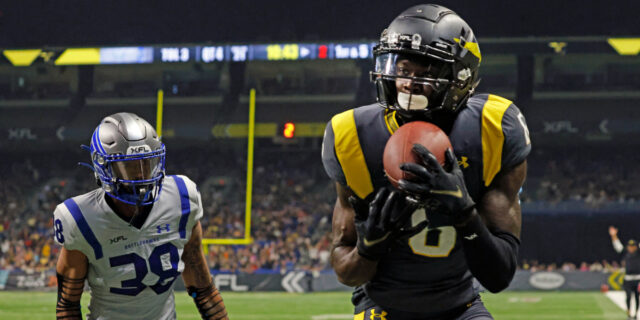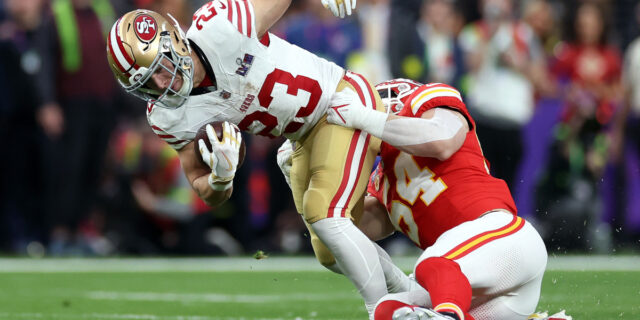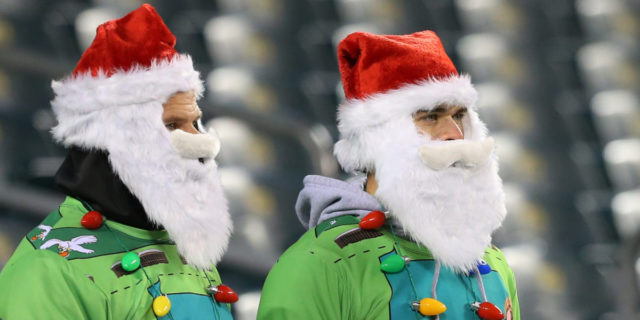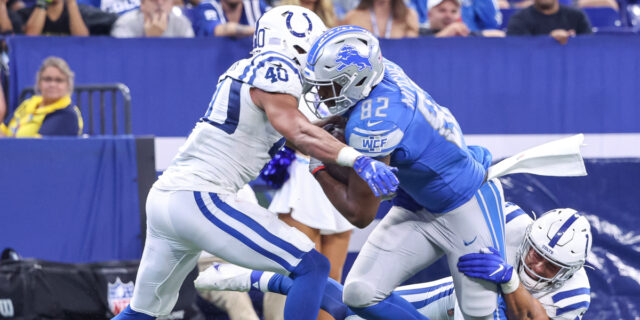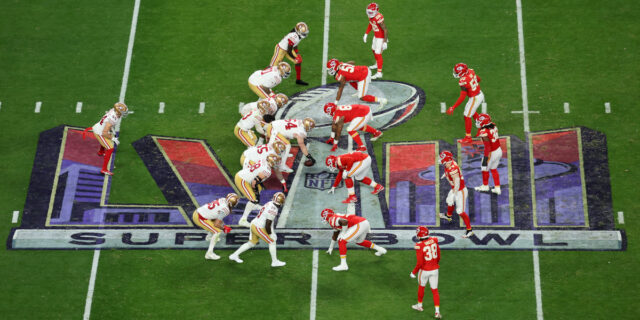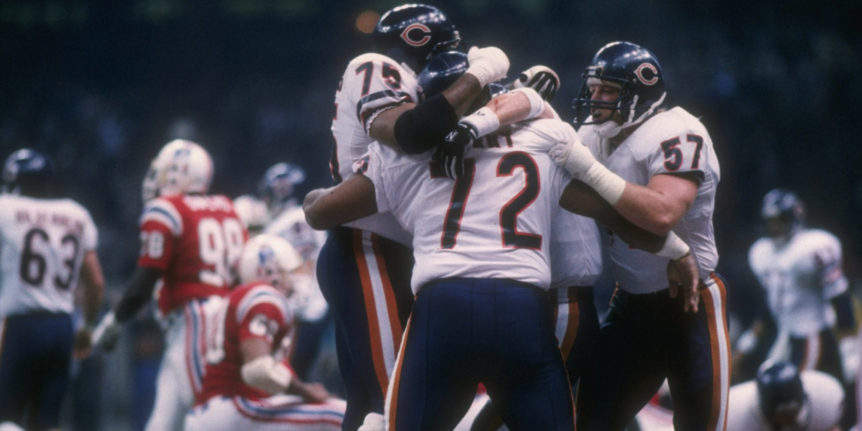
Iron Mike’s Big Dance Memories
Looking back at Super Bowls is like reviewing my adult life. I remember the first clearly, Pete Rozelle’s NFL-AFL World Championship Game – Lamar Hunt wouldn’t christen it the Super Bowl until the second year – even though I wasn’t yet a rebellious child of the Sixties; I rooted for the Green Bay Packers’ triumph over the trash-talking Chiefs and, when Donnie Anderson knocked Kansas City’s loudest mouthpiece Fred ‘The Hammer’ Williamson out cold, it seemed like justice was done.
Only 338 journalists were accredited to that game, just three of which covered the New England Patriots’ win in Phoenix last season. I spent time with one of those, Jerry Izenberg of the Newark Star-Ledger, before the New York Giants’ 2007 victory over the Pats; I’d met him previously covering boxing, and could’ve listened for days to his stories of the time when coaches would actually talk to reporters who could wander around team hotels, and Vince Lombardi could complain to him that his team’s Los Angeles base was far too comfortable for his players.
But the game has changed just as the world has, from professional football’s equivalent of the biggest bowl games, complete with marching bands – the Grambling College band at the first Super Bowl is to the Coldstream Guards what George Clinton is to Coldplay – into the biggest spectacle sport knows, complete with AOR pop concerts at half-time.
Like our lives, the NFL has been shaped by television, and it has ridden its suitability for the box to dominance in America. What makes the Super Bowl unique is what makes it television’s most profitable show: a single day on which the championship is decided. Super Bowl Sunday, not Thanksgiving or Christmas, is the day more Americans do the same thing at the same time. It is now a secular holiday: Christmas, the FA Cup final and the Olympic opening ceremony rolled into one.
I cannot claim to have seen all the games; moving to Britain in 1977 made that difficult. I’ve covered only four on-site, and another 10 or 12 in television or radio studios here. And I was at the Superdome when the Chicago Bears trounced the Patriots in 1986, a fan in the guise of an ABC executive.
If you’re a British fan who’s come recently to the NFL, you have lived through a relative bonanza of coverage, including the greatest spell of competitive Super Bowls in history. Starting with that Giants’ upset in Super Bowl XLII, I did six in a row for the BBC, all but one of which were decided by less than touchdown. The other was the Saints-Colts game which turned on an onside kick and interception! Switching to Channel 4, we covered the Seattle blowout in New York, followed by the spectacular battle between the Patriots and Seahawks. That’s seven great games out of eight, and three of the best ever. Not bad.
The four eras of football’s biggest game contain some interesting patterns.
This was when the Packers established the NFL’s superiority, only for the New York Jets and Chiefs to announce that the AFL was every bit as good. Green Bay still rate as the Sixties’ top team, though the ‘69 Chiefs – who won Super Bowl IV in 1970 – produced the best single campaign. My third spot would probably go another single-season wonder, the 1963 San Diego Chargers.
Not only did the Jets and Chiefs prove the two leagues were equal, but the old AFL would dominate the next decade, albeit helped by the switch of the best team of the Seventies, the Pittsburgh Steelers, to the AFC (along with Browns) to ensure a balanced merger. Only two wins by Tom Landry’s Dallas Cowboys stood in the way of a clean sweep for the AFC. It’s difficult to argue against the undefeated ‘72 Dolphins, who won back-to-back titles, as the decade’s next-best team; Dallas might contend with the Oakland Raiders in Kenny Stabler’s one great season for third place. Here’s where the Law of Competitive Balance applies: it was so hard to get through the AFC playoffs – don’t forget some strong Houston Oiler teams and Marino’s Dolphins – that the Super Bowl itself was a comparative doddle.
This is the period old-school UK fans remember best. Until Mike Shanahan and John Elway brought Denver two Super Bowl wins in ‘98 and ‘99, only the Raiders’ 1984 victory behind Jim Plunkett stopped a 17-year streak for the NFC. Apart from two epic meeting of the San Francisco 49ers and Cincinnati Bengals, and the thriller between the Giants and Buffalo Bills in ‘91, few of the games were actually close. You could characterise the era by the almost-bookends of Patriot losses to the Bears and Packers, or by the Bills’ four defeats in a row to three different NFC teams. Again, Competitive Balance applied: the 49ers are inarguably the team of the Eighties, but the ‘85 Bears may have been the best single-season team, and Joe Gibbs’ Washington was consistently strong. The Cowboys are the choice for the team of the ’90s, followed by the Broncos, with Buffalo – who didn’t win a single championship – probably third.
After long periods of domination, parity has become the byword in the NFL. The AFC has taken nine of the past 16 Super Bowls. That whole period has boasted consistently competitive contests, from the St. Louis Rams holding on for a win over the Tennessee Titans in ’00 to the Patriots’ thrilling triumph over the Seattle Seahawks last time out. The team of the Noughties were the Bill Belichick-Tom Brady Patriots, whose three Super Bowls overshadow the Peyton Manning-Tony Dungy Indianapolis Colts. But the best single-year team may have been the ‘03 Bucs, with a phenomenal defense and decent quarterback in Brad Johnson – which is what separates them from the similar ‘01 Ravens. Who will be the team of the teens? We’re only halfway there, but the Patriots and Seahawks seem to sit in pole position. Based on the 2015 season so far, who knows what Super Bowl 50 will bring? However, like life itself, it’s likely to throw up some surprises.
This article originally appeared in Issue XX of Gridiron magazine – for individual editions or subscriptions, click HERE


